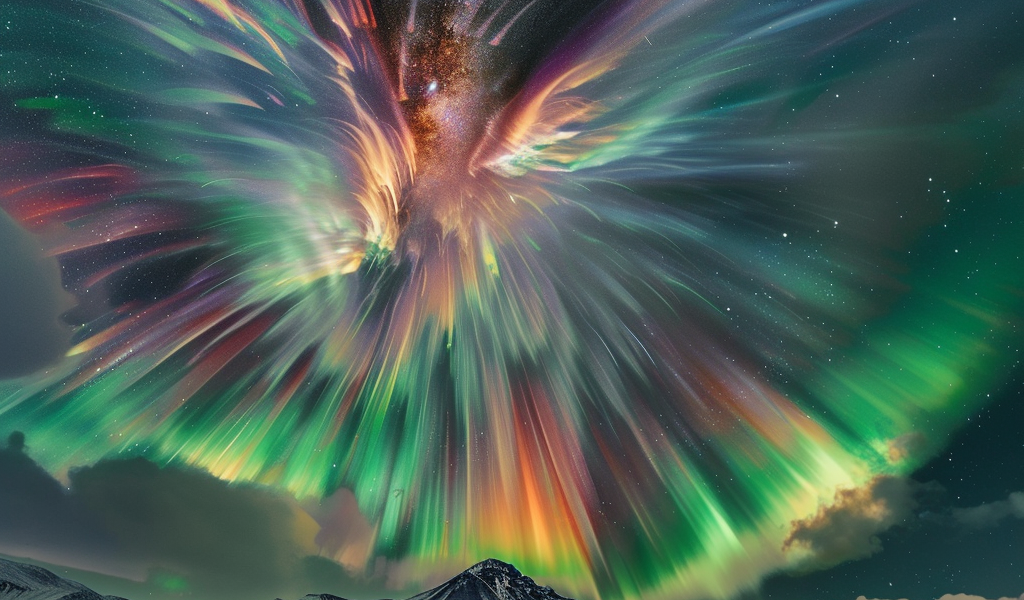A solar storm alert has been issued after a significant Coronal Mass Ejection (CME) erupted from the surface of the Sun on March 17. This CME is now headed towards Earth, raising concerns about the potential for a geomagnetic storm and the subsequent impact of a solar storm. The alert follows a recent minor G1-class geomagnetic storm triggered by another CME that grazed Earth’s magnetic field.
According to a report from SpaceWeather, NASA’s Solar Dynamics Observatory detected a massive eruption on the solar surface, resulting in the expulsion of a CME referred to as a ‘Canyon of Fire.’ NASA’s data modeling indicates that this solar storm cloud is approaching Earth, prompting forecasters to issue a solar storm alert as the CME is expected to interact with Earth’s magnetic field on March 20, potentially triggering a G1-class geomagnetic storm.
The forecast suggests that this geomagnetic storm could lead to the appearance of auroras in high latitudes, particularly during the first night of the Northern Spring. The report highlights the potential for equinox auroras, emphasizing that even a glancing blow from a CME during this time of year can spark geomagnetic storms due to the springtime Russell-McPherron effect.





